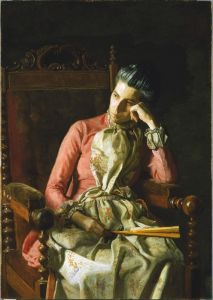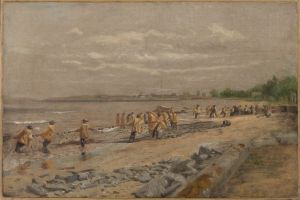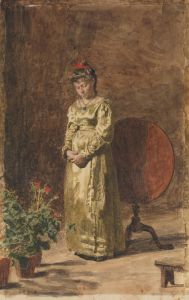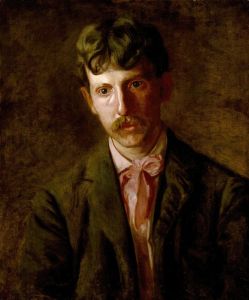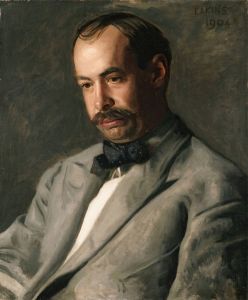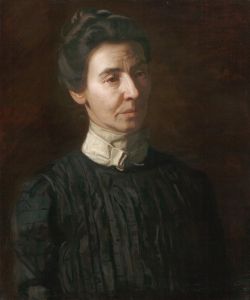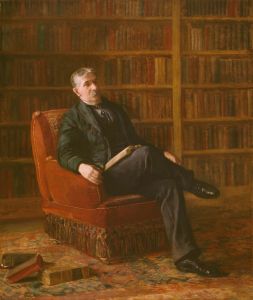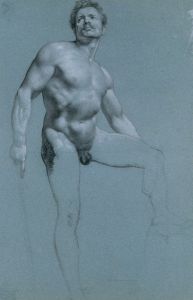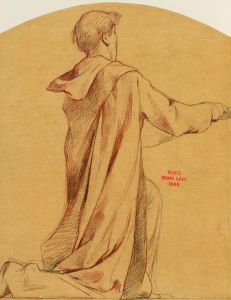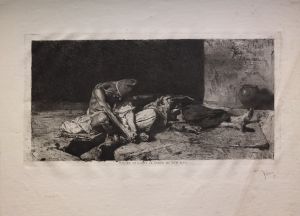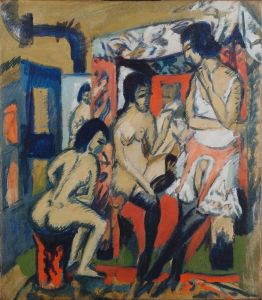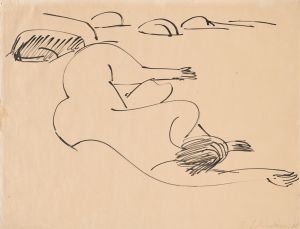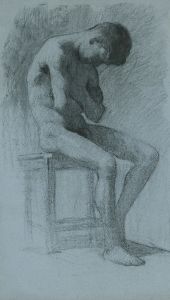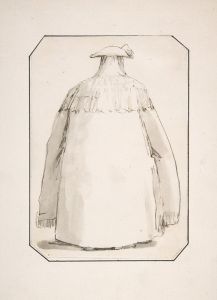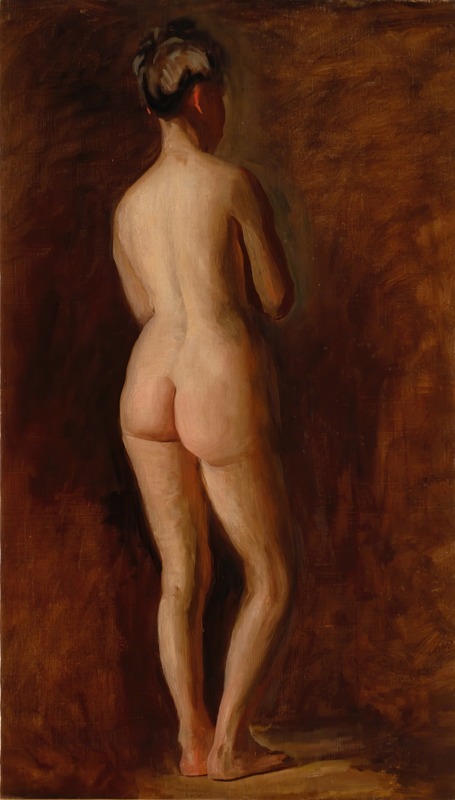
Standing Female Nude
A hand-painted replica of Thomas Eakins’s masterpiece Standing Female Nude, meticulously crafted by professional artists to capture the true essence of the original. Each piece is created with museum-quality canvas and rare mineral pigments, carefully painted by experienced artists with delicate brushstrokes and rich, layered colors to perfectly recreate the texture of the original artwork. Unlike machine-printed reproductions, this hand-painted version brings the painting to life, infused with the artist’s emotions and skill in every stroke. Whether for personal collection or home decoration, it instantly elevates the artistic atmosphere of any space.
Thomas Eakins, an influential American artist known for his realistic portrayal of the human figure, created the painting "Standing Female Nude" during the late 19th century. Eakins is celebrated for his dedication to anatomical accuracy and his innovative approach to art education, which often involved the study of the human form through live models. His work in this area was both pioneering and controversial, as it challenged the norms of his time.
"Standing Female Nude" exemplifies Eakins' commitment to realism and his interest in the human body as a subject of art. The painting depicts a nude female figure standing in a natural, relaxed pose. Eakins' attention to detail is evident in the careful rendering of the figure's anatomy, highlighting his deep understanding of the human form. The use of light and shadow in the painting adds depth and dimension, emphasizing the contours and musculature of the model.
Eakins' approach to painting nudes was heavily influenced by his academic training and his belief in the importance of direct observation from life. He studied at the Pennsylvania Academy of the Fine Arts and later in Paris at the École des Beaux-Arts, where he was exposed to the works of European masters and the rigorous study of anatomy. This background informed his teaching methods when he returned to the United States and began instructing students at the Pennsylvania Academy.
The creation of "Standing Female Nude" was part of Eakins' broader exploration of the human figure, which often included both male and female nudes. His work in this genre was not without controversy, as the depiction of nude figures, particularly female nudes, was a sensitive subject in the conservative cultural climate of 19th-century America. Eakins faced criticism and resistance from some quarters, but he remained steadfast in his belief that the study of the nude was essential to understanding human anatomy and creating truthful art.
Eakins' dedication to realism and his use of live models were revolutionary at the time and contributed significantly to the development of American art. His willingness to push boundaries and challenge societal norms paved the way for future generations of artists. Despite the controversies, Eakins' work, including "Standing Female Nude," is now recognized for its artistic merit and its role in advancing the study of the human figure in art.
Today, "Standing Female Nude" is appreciated not only for its technical skill but also for its contribution to the discourse on art and the human body. Eakins' legacy as a pioneer of realism and an advocate for the study of anatomy continues to influence artists and educators. His work remains a testament to the enduring power of art to explore and celebrate the complexities of the human form.





